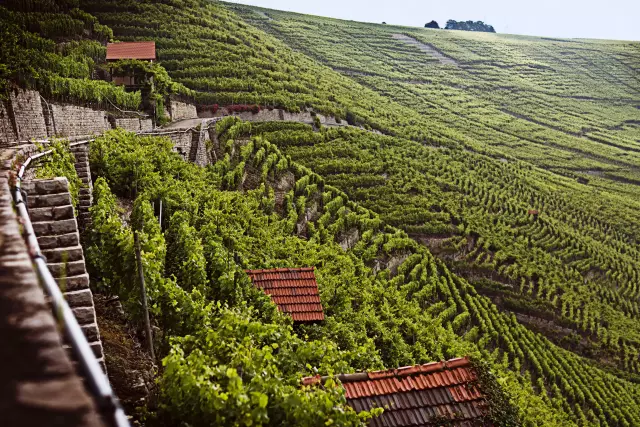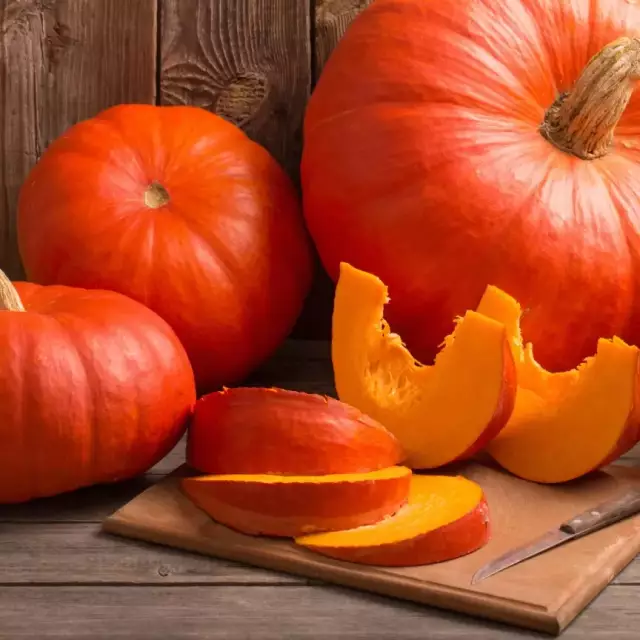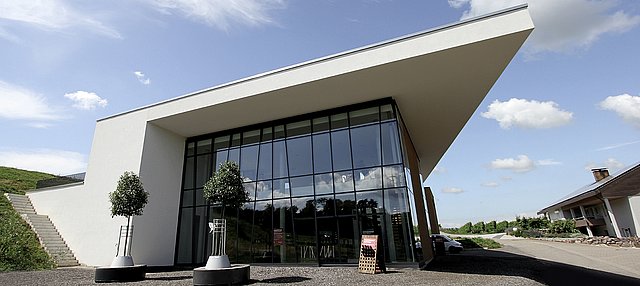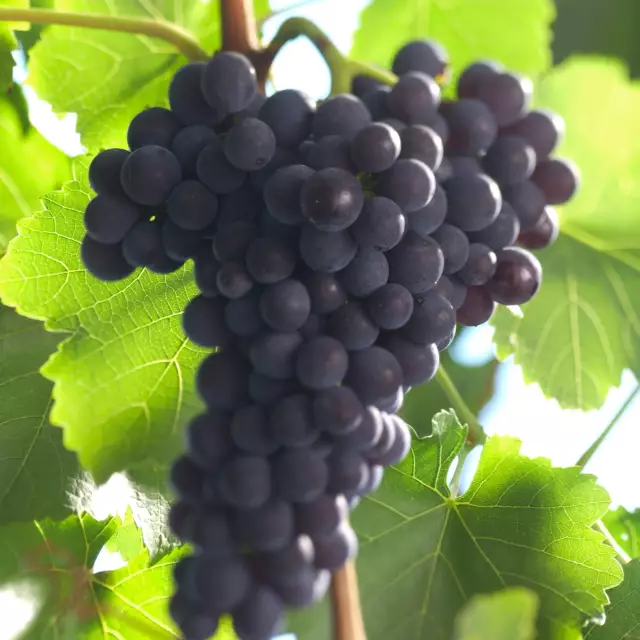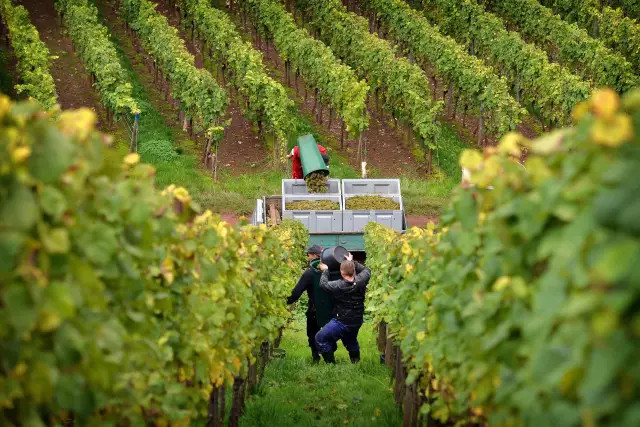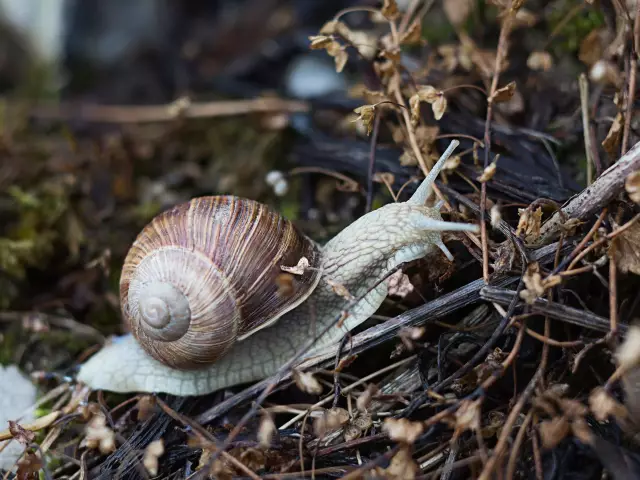Latest news
-
Press releases The 2025 vintage in the 13 wine-growing regions 12.11.2025
Picture-book grapes with smaller berries have produced fewer, but very aromatic and fruity wines, including first-class fine specialties this year.
Learn more -
Industry news ProWine Shanghai 2025: Commitment to the Chinese market is growing 03.11.2025
From 12 to 14 November, the Federal Ministry of Food, Agriculture and Home Affairs (BMLEH) and the German Wine Institute (DWI) invite trade visitors from around the world to the ProWine Shanghai 2025 at the German Wine Pavilion – the largest since the fair was launched in 2013.
Learn more -
Industry news Hong Kong: Trade Magazine Sees Strong Demand for Riesling & Co in China 29.10.2025
Wine producers from Germany are shifting their focus to the Chinese market after U.S. tariffs impacted exports.
Learn more
Ahr
With 529 hectares of vineyards, the Ahr is one of the smallest wine-growing regions in Germany. Mainly red wines thrive on the steep slopes above the river.
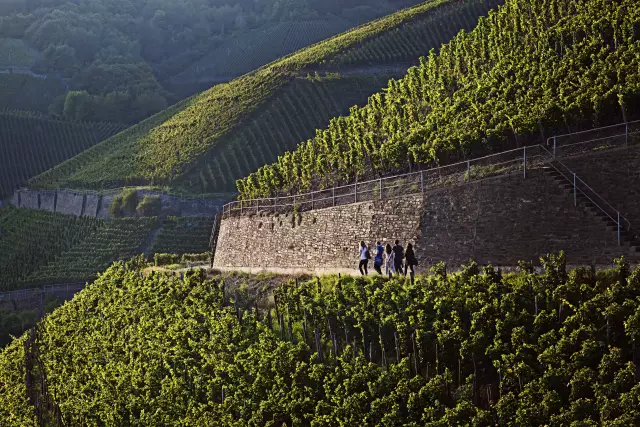
Baden
The Baden winegrowing region, with 15,727 hectares of vineyards the third largest in Germany, extends in a north-south direction over a length of about 400 kilometers.
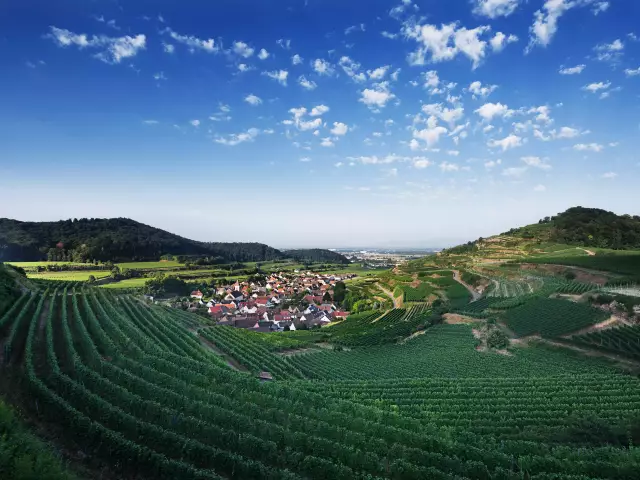
Franken
The Bocksbeutel is the trademark of Franconian wine, which has been cultivated for over 1200 years, especially along the Main River. Franconian wine country is bordered by the Rhön Mountains to the north, the Steigerwald Forest to the east, the Tauber Valley to the south and the Spessart Mountains to the west.

Hessische Bergstraße
When it is still cool in March or April in some places, the almond blossom already begins on the Hessian Bergstrasse. Spring usually starts a few days earlier.
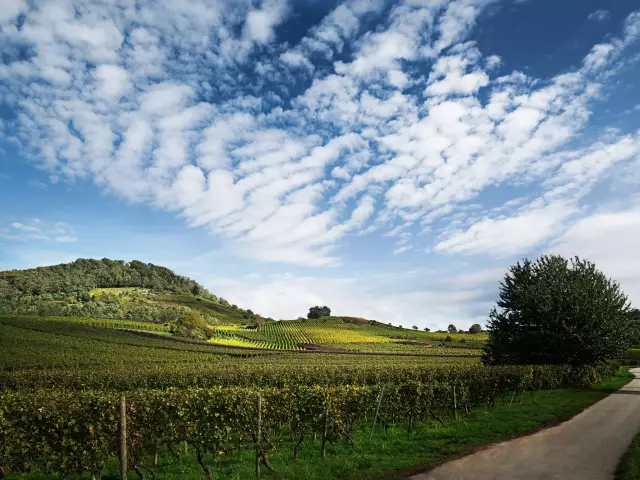
Pfalz
The Palatinate has many superlatives: the largest wine festival in the world in Bad Dürkheim, but also the first and most famous wine street, the German Wine Street.
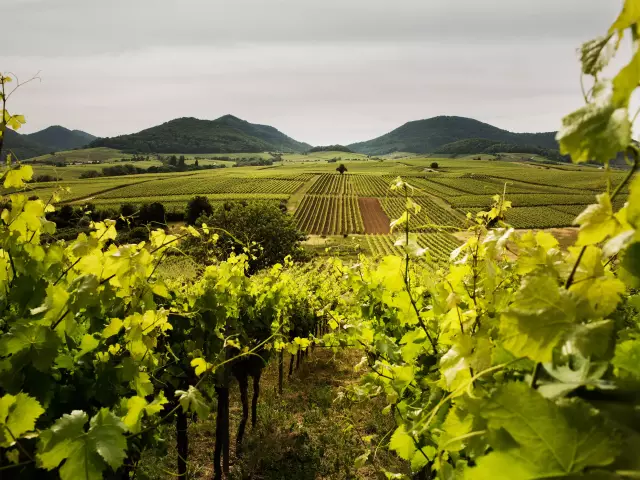
Rheingau
The Rheingau wine-growing region is located in the state of Hessen and is one of the most renowned wine regions in Germany. The vineyards cover a total of 3,180 hectares (as of 2024). They start at Frankfurt/Main and run for about 50 kilometres over Wiesbaden along the right bank of the Rhine to Lorch, north of Rüdesheim.
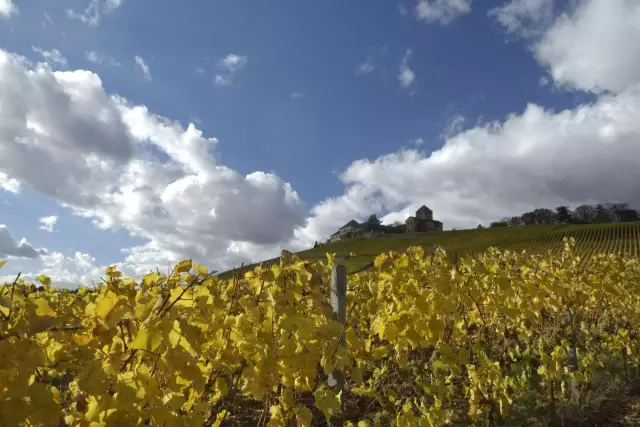
Rheinhessen
A thousand hills and vines as far as the eye can see - that is Rheinhessen, Germany's largest wine-growing region.

Mittelrhein
The Rhine Valley between Bingen and Bonn offers a picturesque backdrop. Vineyards crowned by castles and medieval towns adorn the banks of the Rhine.
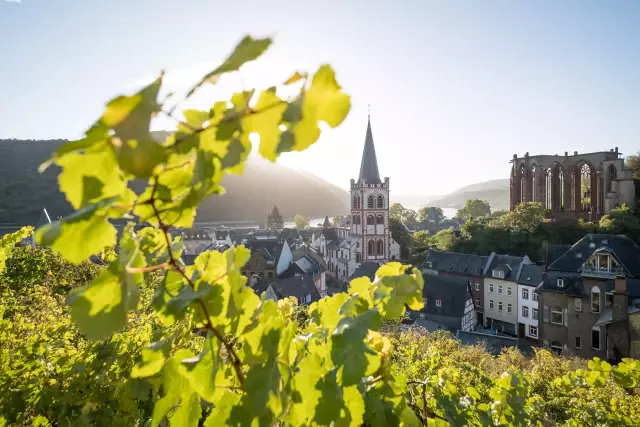
Mosel
The wine-growing region along the Moselle, Saar and Ruwer rivers is considered Germany's oldest wine region. The Romans brought viticulture to the Moselle on a grand scale.
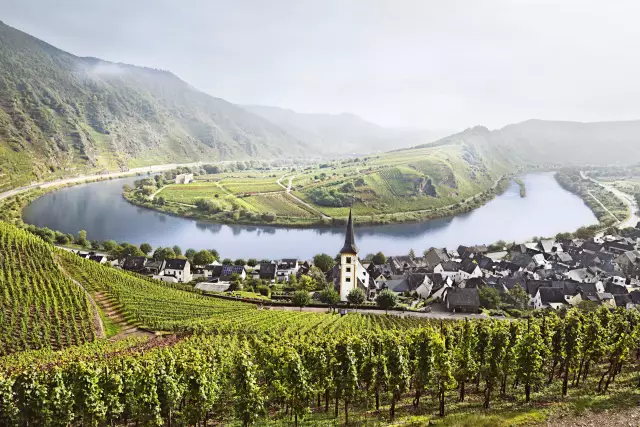
Nahe
On the Nahe, visitors can expect gentle greenery, romantic river valleys and dramatic rock formations and also hospitable winegrowers and their diverse wines.
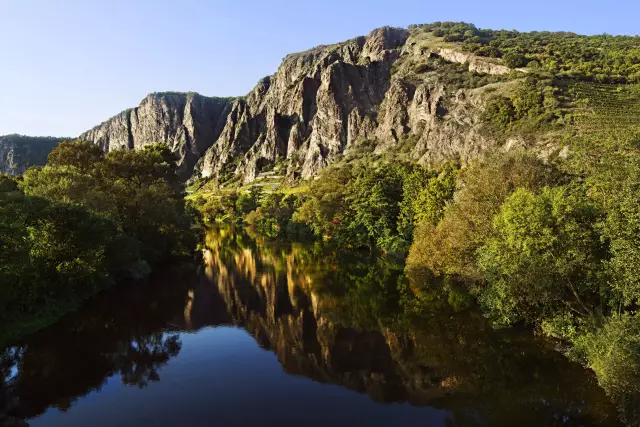
Saale-Unstrut
Two rivers give the growing region its name, as the mostly terraced vineyards are mainly located in the narrow river valleys of the Saale and Unstrut rivers.
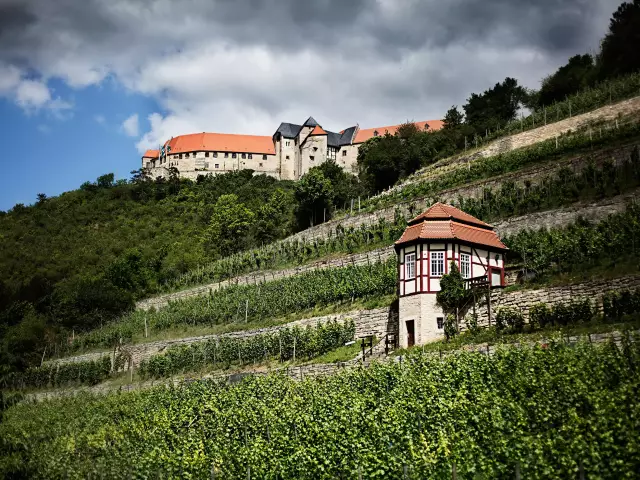
Sachsen
Sachsen is the easternmost and, with 522 hectares, one of the smallest wine-growing regions in Germany. The vineyards only begin near Dresden, at 51 degrees north latitude.

Württemberg
Among the major German wine-growing regions, Württemberg ranks fourth with 11,392 hectares. Here, red grape varieties dominate the vineyards with 65 percent.
